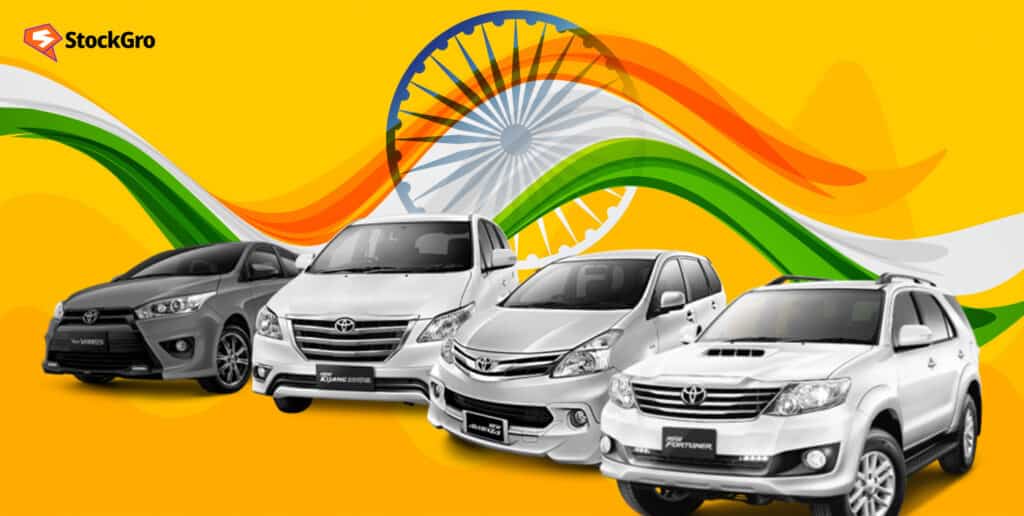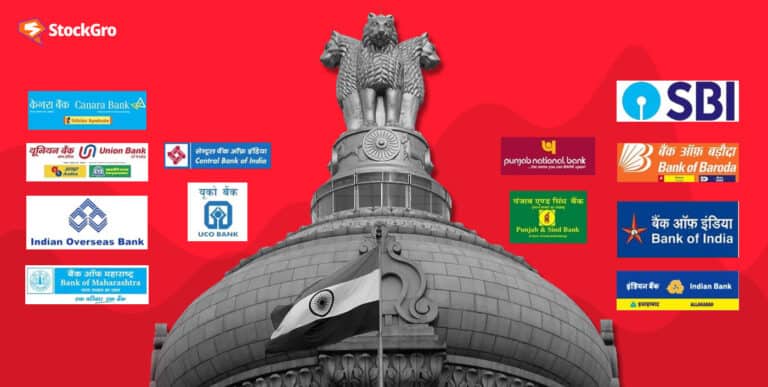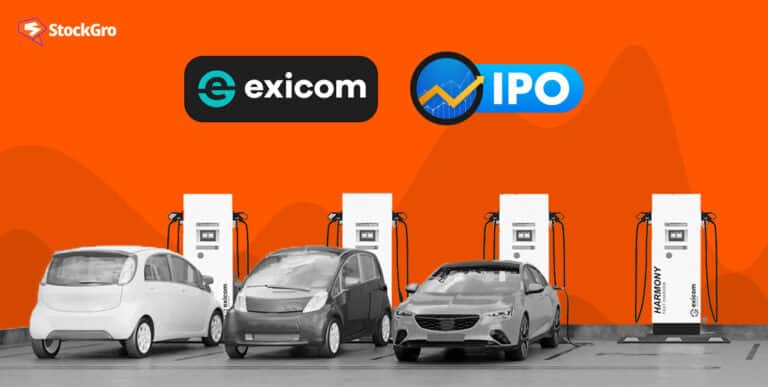
Welcome to the dynamic landscape of India’s automotive industry, where tradition and innovation harmoniously coexist, where the hum of engines creates a symphony, and where each turn of the wheel influences what’s to come.
This sector represents more than simply machinery; it embodies the hopes and ambitions of a nation in transition.
This article will take you on a journey through the history of this intriguing industry, from its modest origins to its promising future. Buckle up because we’re going to take an adventure through India’s automobile industry.
History of the automobile industry in India
The saga of the automobile industry in India began in the late 19th century, when the first car, a prized possession of the Maharaja of Patiala, graced the Indian roads in 1897. An entirely new age began with this. However, the seeds of the indigenous automotive industry were sown in the fertile grounds of the 1940s.
Hindustan Motors, established in 1942, and Premier Automobiles, founded in 1944, were the pioneers that set the wheels in motion. The 1950s saw the Indian shores welcoming foreign manufacturers like Volkswagen and Mercedes-Benz, adding a global flavour to the local industry.
Yet, the real metamorphosis occurred in the 1980s and 1990s. During this time, revolutionary companies like Tata Motors and Maruti Suzuki entered the market. They revolutionised the Indian automotive landscape, steering it towards modernisation and globalisation.
Today, the automobile industry in India stands as a testament to this remarkable journey, a journey of transformation, resilience, and relentless pursuit of innovation.
The current state of the automotive industry
Rapid expansion in India’s auto sector has established the nation as a major participant in the international car industry.
Growth of the automobile industry in India
On a worldwide scale, India’s automotive industry is formidable. It’s rocketing up the global rankings at an unprecedented rate. This expansion is about more than just figures; it will have a major impact on India’s gross domestic product. With a projected growth rate of 7-9% in the coming years, the sector is expected to become a major pillar of the Indian economy.
But the ambitions don’t stop there. By 2025, India aims to ramp up its annual production to a staggering 2.5 million electric vehicles. This ambitious goal is supported by a range of government initiatives and favourable policies, paving the way for a bright future for the automobile industry in India.
The market size of the automobile industry in India
India is not just a major player in the automobile industry; it’s also a significant market. In terms of vehicle sales, India ranks third globally as of 2022.
From 2.77% in 1992–1993, this automobile industry share in India’s gross domestic product has increased to around 7.1% today. The sector is a significant contributor to employment generation, with around 37 million direct and indirect jobs expected by 2030.
Key Financial Metrics:
| Particulars | Data |
| Share in India’s GDP | 7.1% |
| Employment generated | 37 million |
| Share in global R&D | 40% |
| Share in India’s exports | 4.7% |
The rising demand for two-wheelers, commercial vehicles, and passenger vehicles is defining the Indian automobile market. Factors like increasing disposable income and urbanisation are propelling this demand.
List of companies in the automobile industry in India
| Name | P/E | Market Cap (₹ crore) |
| Maruti Suzuki | 29.76 | 362682.23 |
| Tata Motors | 17.02 | 342837.76 |
| M & M | 21.56 | 239994.85 |
| Bajaj Auto | 32.28 | 238917.34 |
| Eicher Motors | 28.03 | 107524.84 |
| TVS Motor Co. | 61.48 | 100528.78 |
| Hero Motocorp | 24.31 | 90349.63 |
| Ashok Leyland | 21.66 | 51088.61 |
| Escorts Kubota | 31.73 | 32166.04 |
These companies have been instrumental in the expansion and development of the Indian automotive market, and they control it.
Also read: What does the EV boom mean for auto stocks?
Impact of the automotive industry
Many societal, economic, and environmental factors are significantly affected by the automobile industry:
Economic contribution: In terms of employment, income, and investment, the automotive industry is one of the world’s most important economic drivers. Related industries, including manufacturing, transportation, and services, are stimulated by it.
Technological advancement: Improvements in safety, fuel economy, and environmental friendliness are all results of technological advancements propelled by the automobile industry. Electric vehicles, autonomous driving, and connectivity are some of the areas that benefit from this support for research and development.
Environmental impact: The automobile industry continues to be a major polluter owing to its resource consumption, waste production, and emissions, even though technology is advancing. More sustainable practices and cleaner technology are being worked on to lessen these effects.
Social mobility: Commuters, travellers, and those in need of basic services are all made possible by the accessibility and mobility provided by automobiles. To improve people’s standard of living and to ease the way for economic and social progress, they are indispensable.
Challenges and opportunities
Even though it has great potential, India’s automotive industry faces several obstacles. Regulatory shifts, rising fuel costs, and interruptions in the supply chain are three of the most important. There is a great deal of infrastructure and technological investment needed to make the switch to electric vehicles (EVs), which is another major obstacle.
Despite this, some opportunities arise from these difficulties. India is well-positioned to become a prominent participant in the electric vehicle industry as the drive towards EVs creates a new market segment. New possibilities for development and advancement are presented by the proliferation of digital technologies and linked automobiles.
In addition, the industry is flourishing thanks to the government’s supportive policies and the ‘Make in India’ initiative. Rising disposable income and urbanisation are driving the increasing demand for automobiles, which is a positive sign for the future as well.
Also read: Financing your next car purchase? India’s auto finance sector and lenders
Future of the automobile industry in India
Trends and technology are constantly changing, and this is going to have a profound impact on the future of India’s car industry. Among the most important areas for work are:
Electric vehicles (EVs): The fast adoption of electric vehicles is anticipated to be driven by concerns about sustainability and the need to reduce emissions.
Autonomous driving: When autonomous driving technology improves, it will provide safer and more efficient transportation options, which could alter the current transportation landscape.
Connectivity and digitalisation: Vehicle connectivity will be enhanced through the integration of IoT, AI, and data analytics, allowing features like telematics, predictive maintenance, and enhanced user experiences.
Shift towards shared mobility: There has been a rise in ride-hailing platforms and car-sharing initiatives due to the demand for shared mobility services, which is being propelled by urbanisation and shifting consumer preferences.
Manufacturing innovation: Revolutionising production processes, Industry 4.0 technologies like additive manufacturing, robotics, and automation will increase efficiency and flexibility.
Further reading: The renewable energy industry in India: A game-changer for the environment
Bottomline
There is a lot of life and promise in India’s automotive industry, which has a long and storied past. Aside from having plenty of space to expand, it has a significant influence on the country’s economy.
There are difficulties in the industry, but there are also many opportunities. Its trajectory is being influenced by developments in technology, enabling policies at the federal level, and shifting consumer tastes.

